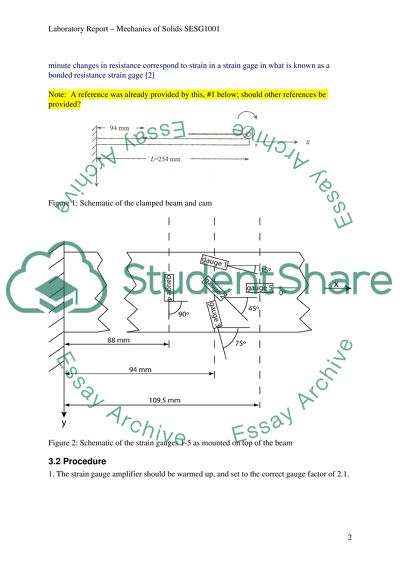Cite this document
(“Mohrs Circle and Strain Gauge Rosette Lab Report”, n.d.)
Retrieved de https://studentshare.org/miscellaneous/1525828-mohrs-circle-and-strain-gauge-rosette
Retrieved de https://studentshare.org/miscellaneous/1525828-mohrs-circle-and-strain-gauge-rosette
(Mohrs Circle and Strain Gauge Rosette Lab Report)
https://studentshare.org/miscellaneous/1525828-mohrs-circle-and-strain-gauge-rosette.
https://studentshare.org/miscellaneous/1525828-mohrs-circle-and-strain-gauge-rosette.
“Mohrs Circle and Strain Gauge Rosette Lab Report”, n.d. https://studentshare.org/miscellaneous/1525828-mohrs-circle-and-strain-gauge-rosette.


